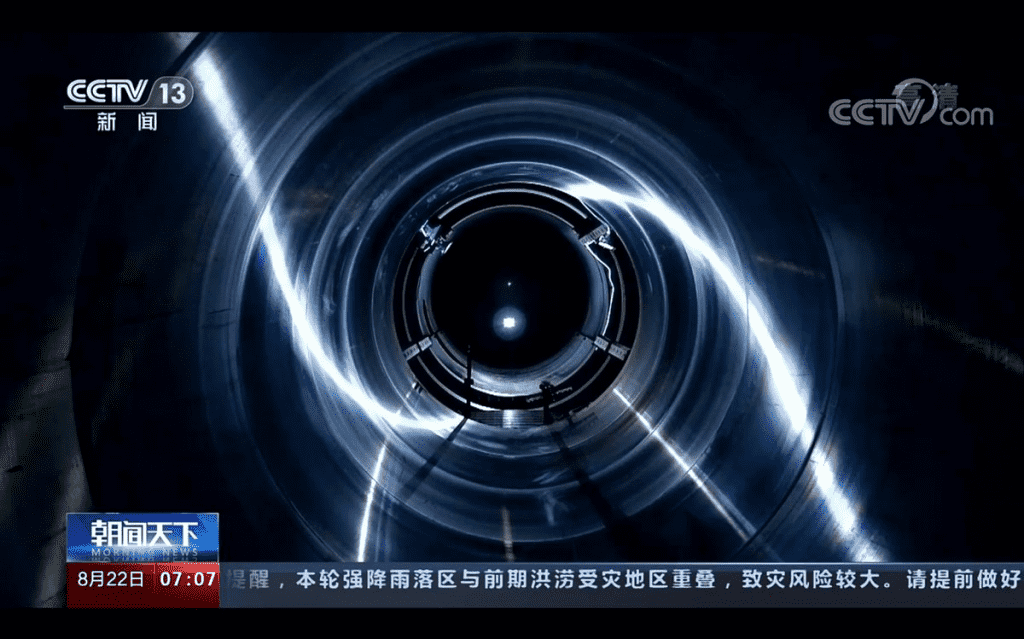In Sichuan, China, scientists have opened a new high-powered wind tunnel capable of simulating the most extreme flight conditions of any such device on the planet. It is also the world’s largest wind tunnel.
According to the South China Morning Post (SCMP), the wind tunnel may achieve speeds of 2.5 to 11.5 kilometers per second (1.55-7.14 miles per second), or Mach 33. In addition, it is 80 cm across, making it twice as large as the previous greatest high-speed wind tunnel.
As such, the wind tunnel will be able to test not just hypersonic weaponry and vehicles, which have a speed exceeding Mach 5, but also spacecraft designed for anything from returning to Earth to escaping Earth’s gravity and landing on distant planets.

“[We] have built the world’s largest free-piston driven expansion tube wind tunnel with high enthalpy,” said Lyu Zhiguo, who led a team at the Hypervelocity Aerodynamics Institute under the China Aerodynamics Research and Development Centre in Mianyang.
Enthalpy is the amount of energy required to maintain a thermodynamic system in relation to the surrounding air.

As a replacement for the current hydrogen-powered wind tunnels, Australian space engineer Raymond Stalker developed the free-piston driven ultra-high-speed tunnel in the 1960s.
The Stalker designs have been widely used since the 1980s, but Lyu’s team claims that the Chinese design is better. This design employs a considerably stronger reusable piston and minimizes expenses, decreasing vibration and boosting measurement accuracy. Their tube still has the same main drawback as all other Stalker wind tunnels, though: it only creates the effect for a brief period of time.

Moreover, another such remarkable wind tunnel named the JF-22 in Beijing, which will be able to replicate Mach 30 speeds, is also anticipated to open shortly.
Beijing has made significant investments in hypersonic technology, fielding several weapons that can outmaneuver nearly every air defense system while funding plans for cargo and passenger travel at speeds above Mach 5. Today’s fastest such aircraft can’t even achieve Mach 1.


